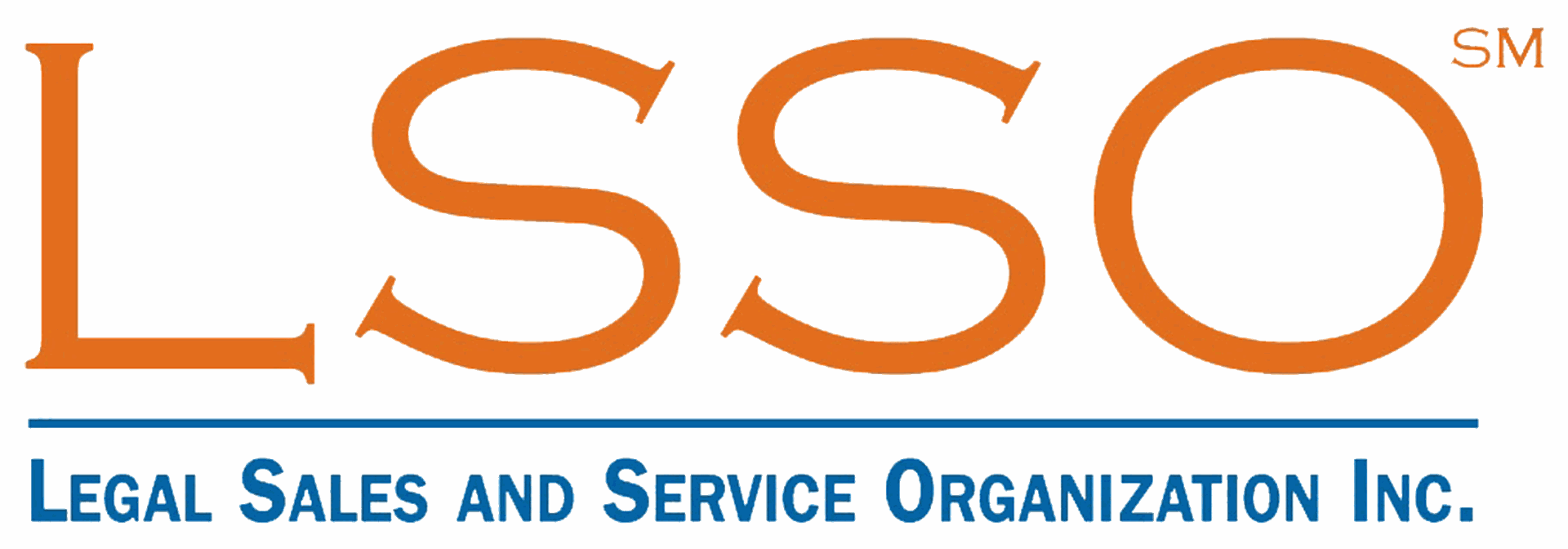By David Whiteside, Director of Client Growth & Success at CLIENTSFirst
Are there correlations between CRM and Taxes?
When we see so many firms struggling with CRM “adoption” it creates a question: Is it possible that the professionals in your firm view your CRM system as a tax? Like a tax, CRM benefits the firm and others, but not them?
The most common frustration heard when rolling out a CRM – my users just won’t adopt and use it! The initial tendency is to blame the users as being stubborn, obstinate and unwilling to “change”. But the real question is WHY are they unwilling to change? Could it be your CRM is viewed as a “Tax” on the user?
A few Tax Factoids:
- Any tax tends to depress the activity being taxed (i.e. income taxes directly affect the number of employees that can be hired).
- Taxes are frequently used to affect behavior (i.e., ‘sin’ taxes on cigarettes and alcohol).
- Tax breaks or credits are often viewed as benefiting a select few while they result in higher taxes for everyone else.
About everything from our paycheck to our gas tank has some type of tax on it. The reason for this dislike of paying taxes is simple. Rarely does anyone feel they received benefits from their tax dollars equivalent to the taxes they paid into the system. My tax dollars benefit others more than me. Human nature at work - we just don’t like to pay for things when we don't see any value or personal return (aka, WIIFM: What’s in it for me!).
Let’s do a quick “Tax Audit” of Your CRM:
|
Taxes
|
CRM
|
|
Viewed as a burden
|
Viewed as a burden
|
|
Viewed as good for Uncle Sam?
|
Viewed as good for “the firm” or Marketing Department?
|
|
Viewed as paying an unfair share – benefits others more than me
|
Viewed as paying an unfair share (lost billable hours)
|
|
Goal of individual is to legally minimize their share of taxes
|
Goal of individual is to legally minimize their share of the CRM Tax?
|
|
Failure to comply has serious penalties
|
Failure to comply has serious penalties? Failure to comply has no penalty?
Full compliance has no tangible reward(s)?
|
|
Ultimate benefit to the individual hard to measure and often perceived as a negative benefit relative to the amount of tax paid
|
Ultimate benefit to the individual hard to measure and often perceived as a negative benefit relative to the amount of tax paid
|
Fail the Audit? You are not alone.
With a little introspection, you may find users simply don’t see any WIIFM, and your CRM system is viewed as a “Tax” on the users. Like most of us that means we see the benefits flowing to Uncle Sam and “those less fortunate”, and not a “tax break” that provides benefit to me.
How Do We Change the “Taxation” view of CRM?
Success lies in three areas:
- Understanding your firm’s unique culture and the limitations, strengths and challenges your culture creates.
- Once you understand the firm culture and challenges, you can now have realistic goals of what you want CRM to do. What does success look like?
- An effective rollout plan that communicates effectively to the culture, and trains users on not just how to operate the system, but how the system specifically benefits each unique individual.
Notice “Culture” was mentioned in all three. You have likely heard the saying from famous management guru Peter Drucker, “Culture Eats Strategy for Lunch Every day”. This is especially true where the value to users is not obvious and in demand. Relative to document management and time & billing systems, CRM systems rarely have a high demand from attorneys and CRM deployments can be the firm poster child for challenges in getting user adoption.
Defining WHY and for WHOM we need CRM:
I often see charters and business cases with a list of desired benefits that look like this list below:
- Better client relationships. ...
- Less client attrition….
- Improved ability to cross-sell. ...
- Increased revenue and profitability. ...
- Increased team collaboration. ...
- Improved efficiency in serving clients. ...
- Greater staff satisfaction. ...
- Cost savings. ...
These are all worthy objectives on which to build a business case – but none of them contain a WHY and a WHO? Why are each of these important? And to whom are they important?
The WHY and the WHO are important because they define who is the customer? Are you focusing benefits on the lawyers? Their clients? The firm? Or the Marketing Department? Who cares about these items being improved? What benefit will they gain by having them improved? Do they see the need? Or are you selling to a prospect without a perceived need? Is it worth the cost to the “customer” in money, time and effort?
Making the “System” Deliver the WHO and WHY Benefits to the “Customer”.
To get the adoption you are looking for here are some suggestions.
- Set up meetings with key stakeholders. Interview them for their feelings and perceptions of the business case issues you have created. Do they agree these are problems important to solve? How do they see themselves benefiting from solving these problems? Collect feedback and assess findings. Does the feedback and the user’s perceptions of what they need/want strongly or generally agree and support the business case? Disagree? Hear any new desired benefits? Look for consistent responses as well as outlier responses. One to really pay attention to is the sensitivity to “privacy”. This often manifests through comments about “my clients” and any comments showing reluctance to share contacts and information. This is often the number one culture hurdle that will challenge success. Don’t assume it will change or go away. Develop the CRM plan knowing it exists. This culture risk mandates a “pilot” program that includes testing the culture’s willingness about sharing.
- Using your stakeholder interview findings, define what is important to each user group and each individual user. This will determine what functionality will be accepted and adopted (target three to start), be the basis for the “Communication Plan” messaging, and how to focus the “Training Plan”. Be certain they are designed to meet the unique needs of each user.
- The technical functionality of a CRM system comes factory installed. The challenge is they come factory installed with way more features and functions than any one firm can ever use, more than any user can be trained on and rarely configured in an optimal way to support your unique workflows. A good rule of thumb is let’s start by focusing on the top three requirements that will really move the needle. The top three vary by firm and even by practice and possibly individual users within a firm. The more tightly you can identify the top three and why they are important to each user or group, the more adoption you can expect. Configure, communicate and train on these three. You can add more features and functionality over time. But important to walk before we run.
- Communication Plan - are we communicating individual WIIFM benefits? Is it specific? Or is the message closer to “Tax man is here”?
- Training - Be prepared to train every lawyer right at their desk as the WIIFM adoption battle is often won one lawyer at a time. Video training may work for Marketing team or as a primer. Group sessions as primers for attorneys can work (be sure to have food!). But real adoption only happens when lawyers are trained deskside on what is specific to them. Depending on the system plan 15-30 minutes. Sound like a big effort? It is, and is critical to success.
- The last point is CRM is not a project that now ends. It is a fundamental change in how the firm does business. Plan on the communication, training and data quality effort to continue forever.
Data Quality:
The last key to success is high quality data. Data is the oxygen that keeps your system alive. If a user perceives the data is bad, they will quickly make the leap that the system is bad, cannot be trusted and no point using it. All other effort can go down the drain if the Data Quality is perceived as poor. Make a commitment to keeping data clean and up to date. It costs money, time and resources to have good data. Finding and training high quality data professionals is much harder than it might seem. But the investment is critical and worth it.
You can get there – but let’s not be a tax on our users. Let’s focus on passing the WIIFM audit.
About the Author:
 Dave Whiteside is Director of Client Growth & Success at CLIENTSFirst.
Dave Whiteside is Director of Client Growth & Success at CLIENTSFirst.
Dave’s focus is helping the company grow and expand its CRM, Data Quality, eMarketing and Client Intelligence service offerings, and building alliances that help deliver additional value to Clients.

